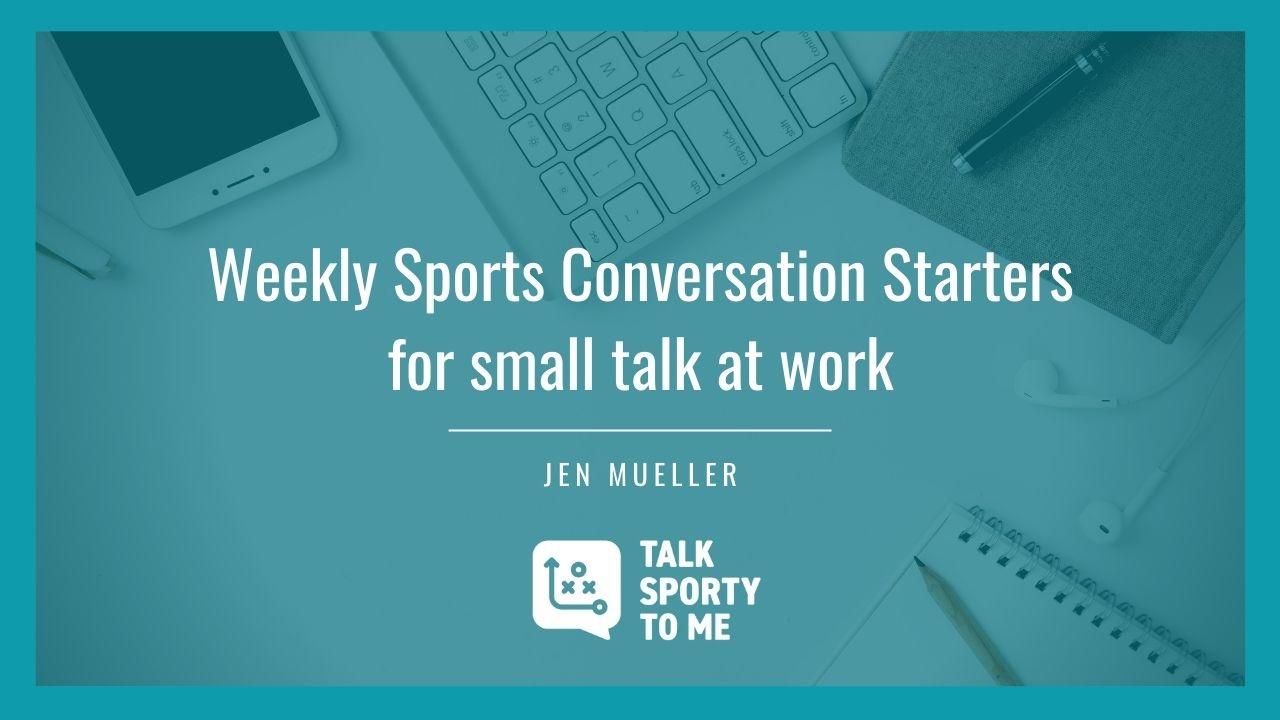I'M ONE TO TALK
Our Blog Posts will help you reach your full potential in becoming a confident conversationalist. New topics each week.
Communicating with Remote Teams: Include data and connection
A remote work environment doesn't change the preferred communication style of the people working remotely.
A remote environment does change your ability to read the room to figure out if you've landed your message.
It's tricky without audience feedback and engagement.
Here's what you need to do when preparing presentations, trainings and most messaging with your virtual team, account for two main types of people: data-driven and connection-driven.
Communicating in a way that people want to hear, or are able to hear, that message increases the likelihood of landing your message in a way that sparks action.
The video explains more.
Practicing Leadership: How do you Talk to Yourself?

“Are you talking to yourself again?”
I’ve lost track of the number of times my husband has asked that question during quarantine.
It’s something I do when problem-solving or trying to remember something. I usually ignore him because there’s no pretending I’m not carrying on a full-blown conversation with myself.
But there is something I won’t ignore anymore the use of certain phrases that should be canned from how we describe what’s happening right now – unprecedented and new normal.
My background as a TV producer leads to me believe emails have been sent from executive producers to writers and producers across the country telling them not to use those words or phrases. (That happens occasionally when words get overused and lose their meaning or aren’t providing an actual description of anything.)
Let’s be honest, by this point we recognize we have all experienced something unexpected that will reshape the way we do...
Sports Conversation Starters for Your Workweek

Build relationships before you need them.
I offered that piece of advice to college students starting their careers in sports broadcasting. I can’t only talk to an athlete, coach or executive is when I need something and expect them to open up, share their perspective or give me any answer at all. If I don’t put relationships first they will be more likely to turn and walk the other way when they see me coming instead of giving me a warm greeting and insightful answers.
The need for tough conversations and thoughtful discourse won’t go away. Those conversations can get easier if you build relationships along the way. You don’t have to start with the tough conversation. You can start with small talk.
And those small talk conversations can start with sports, like these topics making news this week.
Big Conversations Take Practice. Start Small.
The world needs a lot of things right now.
The most important of which might be communication skills. Not the ability to talk, but the ability to truly communicate, engage in discourse, listen to people with different viewpoints and seek common ground.
Communication skills have never been more important.
It will take big, difficult, awkward, emotional and thoughtful conversations to spark change. If you're not ready to jump into those kinds of conversations - don't opt out altogether, start small.
There are ways to practice the skills you need for big moments. I suggest trying sports conversations. The video explains why.
Sports Conversation Starters for Your Workweek

People have different opinions, life experiences, points of view, desired outcomes, reactions and ways of dealing with things.
We see that playing out in different ways around the country.
It takes practice and intentionality to not just talk through differences, but to hear them.
Practice starts in day-to-day interactions, that involve less stress and less incendiary topics. Practice starts with your small talk and it can start with a sports conversation. Sports fans disagree all the time about unimportant things like a manager’s decision to pinch-hit in the 8th inning, a play-call on third down, a lead driver pitting with two laps to go in a NASCAR race.
Sports is more than stats and scores. It can be a way to practice listening and disagreeing so that you’re prepared to do that in bigger moments when there are more important things to talk about.

Camera Ready: A Broadcaster's Advice for Virtual Presentations

My ability to talk is a bit of a family joke and was well-documented by teachers who noted on every single report card that I had a tendency to “talk too much.”
Everyone agreed a job in sports broadcasting seemed like the perfect fit for me, but no one in my family believed me when I said I was exhausted after talking all day.
After all, what was so different about getting paid to do something I did naturally?
Here’s the difference: the camera.
Being on camera requires a different level of focus, energy and planning.
It’s part of the reason you’re Zoom’ed out, frustrated by having to dial into yet another meeting that seems like even more of a waste of time than usual and more exhausted by the end of the day despite not leaving the house. Certainly, the stress and uncertainty of during this pandemic are part of that dynamic but you should also acknowledge the stress of being on camera.
Virtual meetings, happy hours and interactions...
Learn from a Leader: High School Student Athletes on Leadership in Uncertainty
Outcomes determine winners.
In sports, it's the final score or the fastest time that indicates a win. But what happens in the absence of outcomes, during a time of uncertainty?
Winning looks different.
For high school seniors unable to finish out their sports careers, winning can't be defined by games, races or matches. "Winning" becomes about their leadership skills in a time of uncertainty, their willingness to continue showing up for teammates and their ability to show gratitude for coaches, teachers and parents.
I recently spoke to a group of high school seniors from Bellevue Christian School to learn how they've been affected by COVID-19 and how it's helped them develop leadership skills.
Each one talked about the sports lesson they've leaned into during a time of uncertainty and serves as reminder that sports is more than outcomes. It's an opportunity to lead and provides a blueprint for overcoming challenges and challenging times.
Key...
Sports Conversation Starters for Your Workweek

Welcome to a holiday Monday!
Although given the current state of work from home schedules, I’m not sure what a holiday weekend means these days.
Usually I’d remind you these sports conversation starters are great for get-togethers with family and friends. That seems like an unlikely way to spend Memorial Day this year, so I’ll just say these are still interesting talking points for small talk in any conversations you’re having this week, even the ones you might be having with yourself two months into quarantine (Amiright?)

Communicating With Remote Teams: Apply Best Intent Approach

Working remotely doesn't just change our work environment, it changes our memory of what it's like to work with someone. It's easier to question someone's ability or talent if you're not seeing that play out in front of you.
It's one of the reasons getting face time with team members and managers was important prior to the coronavirus pandemic. Work from home policies change those dynamics and it can change the attitude we have toward our team members.
Distrust in virtual settings is a gradual shift that starts showing up in the way we send emails or start meetings.
Something like, "No pressure, but I'm expecting that report done in a couple days." or "I expect everyone to be on the call tomorrow, no excuses." On the surface those comments are an example of how to clearly communicate with your team.
But imagine that email or statement coming out of the blue, without any other context. There's a tinge of distrust and hostility that comes through. An...
Sports Conversation Starters for Your Workweek

Soccer returned in Germany. NASCAR returned in the United States. A few PGA players returned to the course. Sports leagues continue to discuss plans that would allow them to resume play.
It won’t be what fans are used to experiencing, but it will be live sporting events. It could also lead to emotional conversations.
Friendly reminder: When using sports in small talk with colleagues, stay away from politics and other hot-button issues.
Yes, I know there’s an option to go down that path. And you and I both know that if you do that you won’t be furthering a relationship, you could be ending one. You don’t have to like the people you work with, but you do need to find a way to work well with them. It’s your job. Don’t make it any harder by picking fights.
With that in mind, here are a few sports topics you can use in small talk this week.



